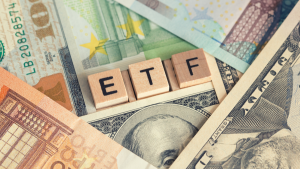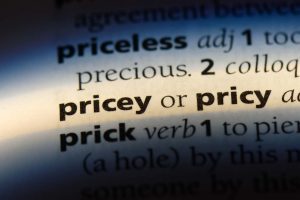
While some general truth exists in the assertion that American investors should stick with U.S.-based investments for familiarity and performance reasons, the best international ETFs may provide a layer of intrigue for the adventurous.
First and foremost, diversification may be a value attribute heading into broader market uncertainty. With circumstances liable to shift in myriad directions, you don’t necessarily want to be exclusively exposed to one sector. Instead, a balanced approach may yield superior results. As well, you can approach whatever lies ahead with greater confidence.
Second, the best international ETFs may provide superior value. Yes, the U.S. economy has performed exceptionally well given the circumstances. However, it’s also possible that the bull market may be peaking. On the flipside, under-the-radar investments might get their chance to shine.
Of course, every investment carries risks. But given the present ebb and flow, the below ideas may offer the best international ETFs to buy for diversification.
BNY Mellon International Equity ETF (BKIE)

A broader, well-balanced idea for best international ETFs to buy for diversification, the BNY Mellon International Equity ETF (NYSEARCA:BKIE) falls under the foreign large blend category. According to its prospectus, the BKIE fund tracks the performance of the Morningstar Developed Markets ex-US Large Cap IndexSM. Basically, the ETF covers non-U.S. blue chips.
In terms of sector weighting, financial services runs tops at 21.29% of the total fund weight. That’s followed by the industrials sector at 15.62% and healthcare at 12.92%. For the geographic breakdown, the Eurozone dominates at 28%. Further, Japan isn’t too far behind at 22.7%, followed by Europe outside the Eurozone.
However, BKIE isn’t the greatest outperformer. Since the beginning of the year, the ETF returned less than 4%. Compare that to the SPDR S&P 500 ETF Trust (NYSEARCA:SPY), which gained almost 16%. Still, some hidden value could exist here. Also, the expense ratio sits at 0.04%, well below the category average of 0.38%.
Schwab International Small-Cap Equity ETF (SCHC)

To add some risk to your prospective portfolio of the best international ETFs to buy for diversification, the Schwab International Small-Cap Equity ETF (NYSEARCA:SCHC) deserves consideration. Per its prospectus, the investment seeks to track as closely as possible the total return of the FTSE Developed Small Cap ex US Liquid Index. As the name suggests, the index covers small-capitalization companies outside the U.S.
To be sure, you’ll be tacking on more risk for the possibility of greater reward. For sector weightings, the industrials space dominates at 21.74% of total holdings. Coming in a relatively distant second place is the consumer cyclical sector at 11.97%, followed by financial services at 11.42%. Regarding geographic breakdown, Canada leads the field at 20.7%, followed by Japan (19%) and the Eurozone (18.1%).
Before you jump in, you should note that the SCHC returned less than 1% since the January opener. Still, the expense ratio sits at only 0.11%, below the category average of 0.29%.
iShares Asia 50 ETF (AIA)

With the Asian market presenting a questionable backdrop due to the economic slowdown of China along with ongoing and also escalating geopolitical tensions, the regional ecosystem may be too risky for most investors. At the same time, those seeking a contrarian view among the best international ETFs to buy for diversification may appreciate the iShares Asia 50 ETF (NASDAQ:AIA).
According to its prospectus, the AIA seeks to track the results of the S&P Asia 50TM, which is composed of 50 of the largest Asian equities. Generally, the ETF will invest at least 80% of its assets in the component securities of the target index. Also, the other portion may be invested in certain futures, options and swap contracts. If you want your diversification regarding the best that Asia has to offer, this might be it.
In terms of sector weight, the biggest allocation unsurprisingly focuses on technology at 40.25%. In a distant second place is financial services at 21.03%, followed by communication services at 15.78%. The ETF is divided between Asia developed nations (62.4%) and Asian emerging markets (37.6%).
However, note that the expense ratio stands at 0.5%, just barely below the category average of 0.54%.
On the date of publication, Josh Enomoto did not have (either directly or indirectly) any positions in the securities mentioned in this article. The opinions expressed in this article are those of the writer, subject to the InvestorPlace.com Publishing Guidelines.






